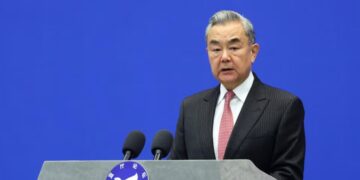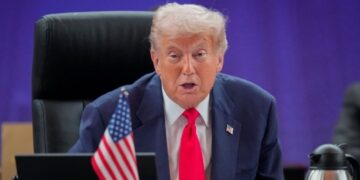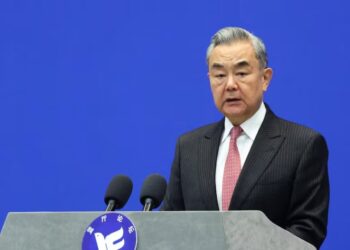By Lucy Adautin
Benedict Oramah, President of the African Export–Import Bank (Afreximbank), has announced that Afreximbank and the Africa Continental Free Trade Area (AfCFTA) are poised to streamline cross-border trade within Africa through the introduction of their African Currency Trading Platform in May 2024.
“In partnership with the African Union Commission, the AfCFTA secretariat launched PAPSS, a system that would handle all intra-trade payments. Afreximbank supports with a settlement fund of $3 billion and by May 2023 an African Currency Trading Platform will also be launched under the auspices of PAPPS,” he said.
PAPSS, launched to facilitate seamless cross-border transactions, has onboarded more than 25 commercial banks onto its platform since its inception by the African Union and Afreximbank in 2022. This was highlighted during discussions at the 8th Goddy Jidenma Foundation biennial public lecture, themed “The Trade Route To Poverty Reduction in Africa in a De-Globalizing World,” held on Thursday in Lagos.
He said this is a solution to the 55 fragmented payment systems across Africa which will unblock funds locked in various African countries due to a lack of foreign exchange. The system will allow Africans to receive payment in their nation’s currency.
READ ALSO: Where Is Niger’s Mohammed Bazoum?
“It is now becoming possible for a small farmer in Malawi to use his cell phone to purchase a Nollywood streaming movie and pay in the Malawian Kwacha while the seller in Nigeria receives Naira. We are nearing the stage when an Egyptian can buy shares on the Nigerian Stock Exchange paying in Egyptian Pounds,” he said.
The Afreximbank president mentioned that trade remains the most potent force in catalysing economic transformation and the Afreximbank through its array of AfCFTA-enabling programs presents clear solutions to the challenges of implementing free trade agreements.
He also mentioned that some of these challenges that affect cross-border trading within Africa include; the existence of multiple standards for tradable goods and the limited capacity for conformity assessment, transit constraints across the 55 fragmented countries and 110 borders, and poor access to trade and investment information.
The idea of countries working closely together in trade globalization got hit hard by the COVID-19 pandemic and the war in Ukraine.
These events made some countries more focused on themselves nationalistic and messed up the flow of goods around the world supply chain.


































